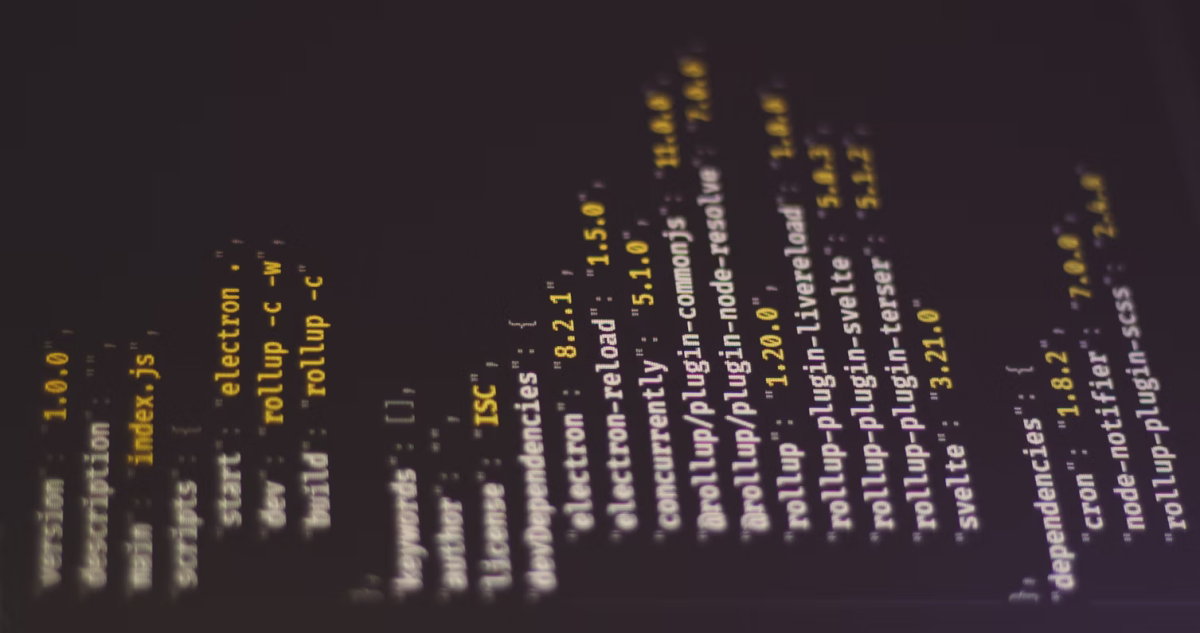What You’ll Learn
If you’ve ever needed to store or exchange structured data in a PHP project, JSON files are your best friend. They’re lightweight, human-readable, and easy to handle with just a few built-in PHP functions.
In this guide, you’ll learn how to read a JSON file, decode it into PHP arrays, make changes, and write it back to a file — all with simple, real-world examples.
🔍 What Is JSON and Why Use It?
JSON (JavaScript Object Notation) is a text-based format for representing structured data. It’s often used to transfer information between web applications and servers.
{
"name": "Bob",
"email": "[email protected]",
"skills": ["PHP", "WordPress", "SEO"]
}PHP has built-in functions that make it easy to work with this kind of data — no external libraries needed.
📂 Step 1: Read a JSON File in PHP
To read a JSON file, we use two functions:
file_get_contents()— reads the file into a stringjson_decode()— converts the JSON string into a PHP variable (usually an array)
<?php
$jsonData = file_get_contents('data.json');
$data = json_decode($jsonData, true);
echo $data['name']; // Output: Bob
?>Breakdown
file_get_contents()opens and reads the contents ofdata.jsonjson_decode()converts the JSON string into an associative array (truetells PHP to return an array instead of an object)
✏️ Step 2: Write Data to a JSON File in PHP
You can also create or update a JSON file using:
json_encode()— turns a PHP array into a JSON stringfile_put_contents()— writes that string to a file
<?php
$newData = [
"name" => "Alice",
"email" => "[email protected]",
"skills" => ["HTML", "CSS", "JavaScript"]
];
$jsonString = json_encode($newData, JSON_PRETTY_PRINT);
file_put_contents('data.json', $jsonString);
echo "JSON file created successfully!";
?>Now your new data.json file will contain:
{
"name": "Alice",
"email": "[email protected]",
"skills": [
"HTML",
"CSS",
"JavaScript"
]
}🔄 Step 3: Update Existing JSON Data
You can combine both steps to read, modify, and save JSON data dynamically:
<?php
$jsonData = file_get_contents('data.json');
$data = json_decode($jsonData, true);
$data['skills'][] = "PHP"; // Add a new skill
file_put_contents('data.json', json_encode($data, JSON_PRETTY_PRINT));
echo "JSON data updated!";
?>This is a simple way to manage data (like votes, comments, or logs) without needing a full database — ideal for small projects or automation scripts.
⚠️ Common JSON Errors in PHP
If your script fails to decode JSON, check for these:
- Trailing commas or invalid syntax in your JSON file
- Missing file path (check permissions)
- Using
json_decode()withouttrue(returns objects instead of arrays)
You can debug with:
json_last_error_msg();Example:
<?php
if (json_last_error() !== JSON_ERROR_NONE) {
echo "Error: " . json_last_error_msg();
}
?>🧩 Step 4: Real-World Example – Simple PHP Logger
Let’s put it all together.
Here’s a lightweight PHP script that logs form submissions or API events into a JSON file.
<?php
function logEvent($eventType, $message) {
$file = 'log.json';
$logData = [];
if (file_exists($file)) {
$logData = json_decode(file_get_contents($file), true);
}
$logData[] = [
'time' => date('Y-m-d H:i:s'),
'type' => $eventType,
'message' => $message
];
file_put_contents($file, json_encode($logData, JSON_PRETTY_PRINT));
}
logEvent('info', 'New user registered.');
echo "Event logged!";
?>That’s a complete, working JSON-based logger — no database needed.
🧠 Conclusion
Reading and writing JSON files in PHP is simple once you understand how the core functions work.
Use:
file_get_contents()to readjson_decode()to parsejson_encode()+file_put_contents()to write
With these tools, you can manage data efficiently and build lightweight PHP projects that handle structured information like a pro.
Next Up:
How to Parse API Responses in PHP (With JSON Examples) (coming soon)
